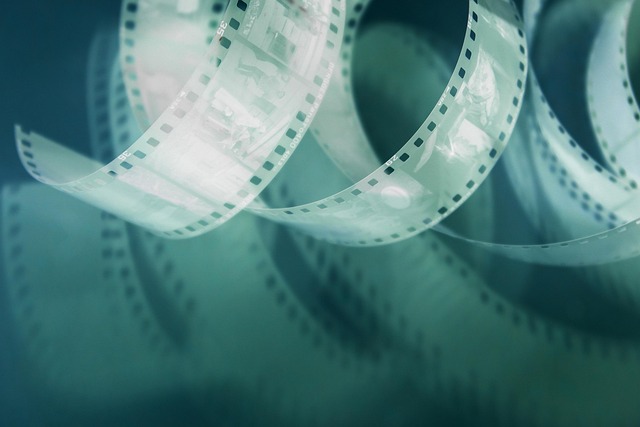Understanding Film Lighting: The Heart of Photography
When it comes to photography, the magic often lies in the way we utilize film lighting. Effective lighting can transform a mundane scene into an extraordinary visual experience. The interplay of light and shadow creates depth, draws attention, and evokes emotions. As a photographer, mastering film lighting techniques is essential for unlocking the full potential of your images.
The Fundamentals of Film Lighting
At the core of every stunning photograph is a strong understanding of how light works. When approaching photography, consider the quality, direction, and color of your light sources. These aspects can dramatically affect your images. Soft, diffused light can create gentle portraits, while harsh light might create striking high-contrast visuals. By experimenting with different lighting setups, you can develop your unique style and vision.
Utilizing Natural Light
Nature offers some of the most beautiful lighting available, and as a photographer, knowing how to work with it is crucial. The golden hour—the time shortly after sunrise or before sunset—provides a warm, soft glow that can enhance your photographs remarkably. Understanding the shifting nature of optics and how they interact with light will aid you in capturing stunning images. Remember, being aware of the time of day and weather conditions can make all the difference in your shots.
Artificial Lighting Techniques
While natural light has its charm, don’t shy away from artificial light sources. Utilizing studio lights, flash, and reflectors can provide you with greater control over your lighting. Learning how to set up a three-point lighting system can illuminate your subject effectively: key light, fill light, and backlight each play a crucial role. The combination of these elements can create a balanced and dynamic scene, making your subjects pop against the backdrop.
Experimenting with Color and Mood
Color has a significant impact on the mood of a photograph, and mastering film lighting techniques can help you manipulate it to your advantage. Adding gels to your light sources can introduce different hues, creating unique atmospheres in your photos. Whether you want to portray warmth, coolness, or drama, color in lighting should never be underestimated.
Training Your Eye
As you delve deeper into the world of photography, training your eye to recognize good lighting becomes increasingly important. Take time to analyze photos that resonate with you—look closely at how the light affects the subject and the environment. Ask yourself what makes those images compelling and how you can replicate those elements in your work.
Practicing Makes Perfect
The best way to master film lighting techniques is through consistent practice. Dedicate time for experiments—set up your gear and shoot in various lighting conditions, both natural and artificial. Try different angles, distances, and compositions. The more you practice, the more intuitive your understanding of lighting will become, enabling you to make creative decisions on the fly.
By mastering film lighting, you can elevate your photography to new heights. Remember, lighting has the power to transform your images and evoke emotions, making it a vital component of your photographic journey.




